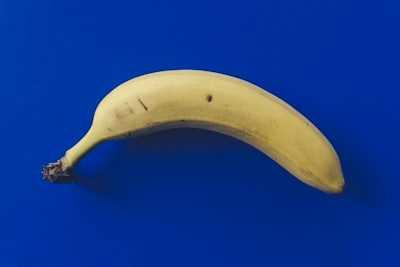Explore the World's Best Ideas
Join today and uncover 100+ curated journeys from 50+ topics. Unlock access to our mobile app with extensive features.
Market Value or OMV (Open Market Valuation)
OMV is the price an asset would get in the marketplace, or the value the investment community gives to particular equity or business.
Market value is also used to refer to the market capitalization of a publicly-traded company. It is calculated by multiplying the number of its outstanding shares by the current share price.
63
379 reads
Understanding Market Value
A company's market value is a good indication of how investors perceive a business.
Market value is determined by the valuations or multiples accorded by investors to companies, including price-to-sales, price-to-earnings, enterprise value-to-EBITDA, etc. The higher the valuations, the bigger the market value.
58
271 reads
The Dynamic Nature of Market Values
- Market value is influenced by the business cycle and can fluctuate over periods of time. Market values decrease during recessions (bear markets) and rise during economic expansions (bull markets).
- Market value also depends on the sector in which the company operates, its profitability, debt load, and the broad market environment.
- Market value for a firm may be very different from book value or shareholders' equity. A stock will be considered undervalued if its market value is well below book value. It does not mean that a stock is overvalued if it is trading at a premium to book value - it again depends on the sector and the extent of the premium compared to the stock's peers.
57
190 reads
IDEAS CURATED BY
Total food specialist. Friendly webaholic. Coffee fan. Proud analyst. Tv expert. Explorer. Travel nerd. Incurable beer advocate.
Piper E.'s ideas are part of this journey:
Learn more about moneyandinvestments with this collection
The differences between Web 2.0 and Web 3.0
The future of the internet
Understanding the potential of Web 3.0
Related collections
Similar ideas
4 ideas
January Effect
investopedia.com
2 ideas
Contagion Definition
investopedia.com
7 ideas
Black Friday Definition
investopedia.com
Read & Learn
20x Faster
without
deepstash
with
deepstash
with
deepstash
Personalized microlearning
—
100+ Learning Journeys
—
Access to 200,000+ ideas
—
Access to the mobile app
—
Unlimited idea saving
—
—
Unlimited history
—
—
Unlimited listening to ideas
—
—
Downloading & offline access
—
—
Supercharge your mind with one idea per day
Enter your email and spend 1 minute every day to learn something new.
I agree to receive email updates
